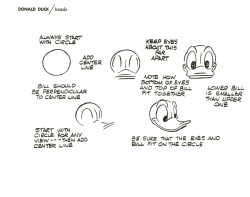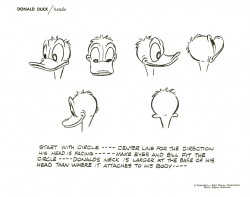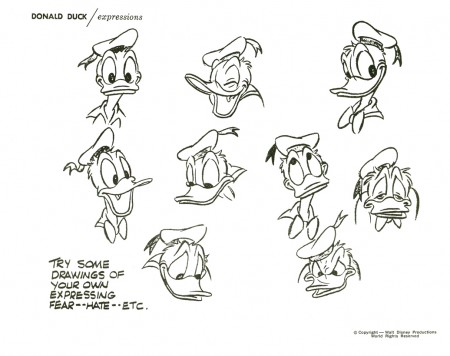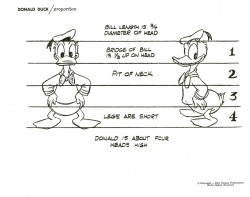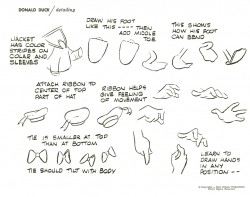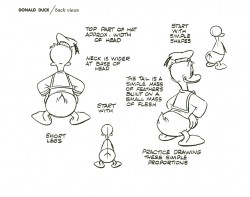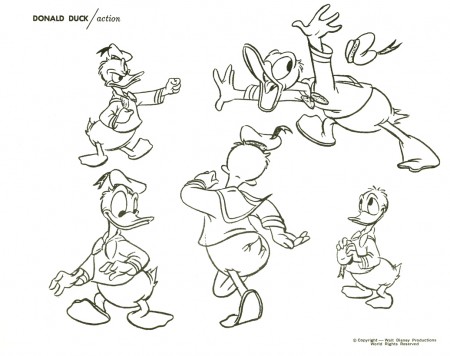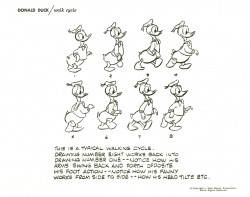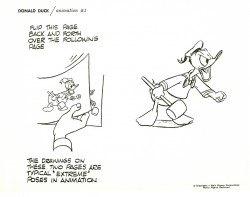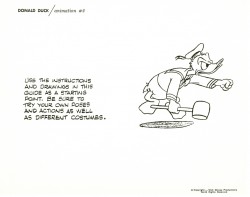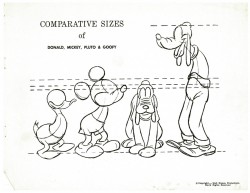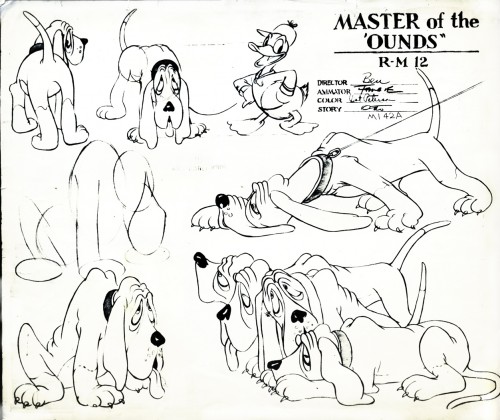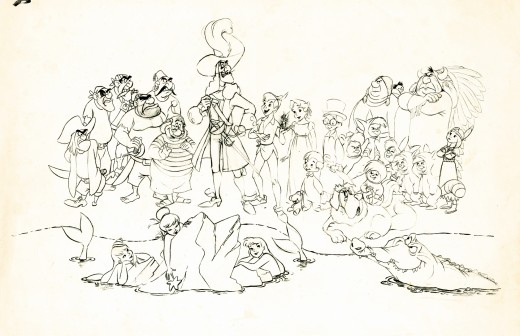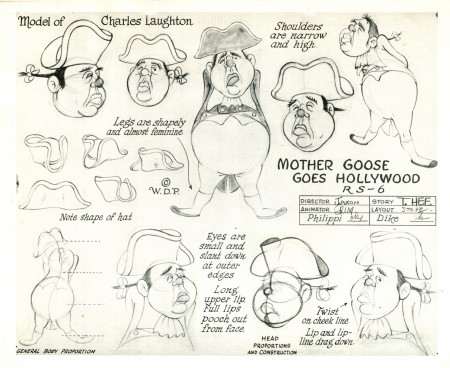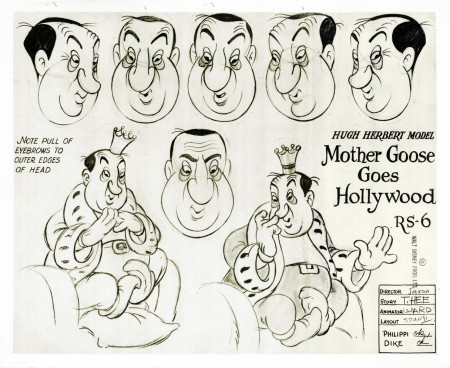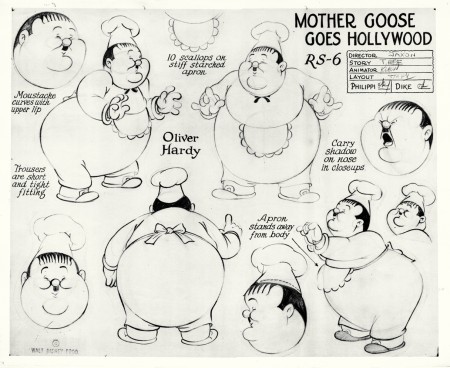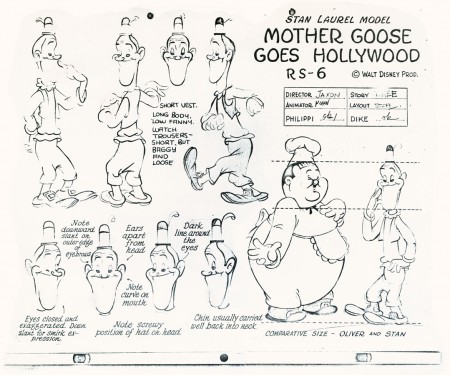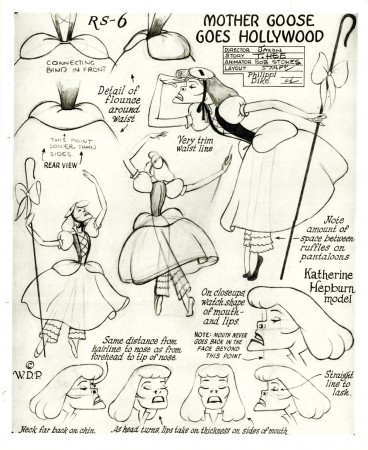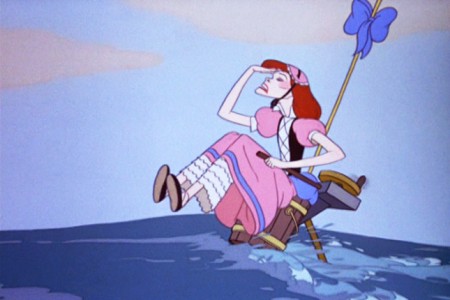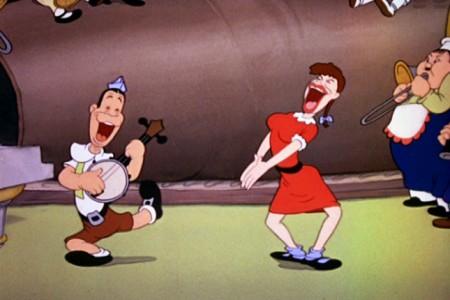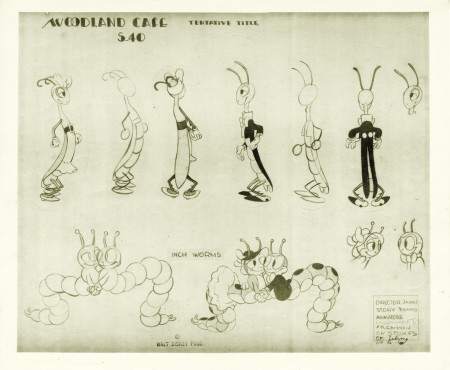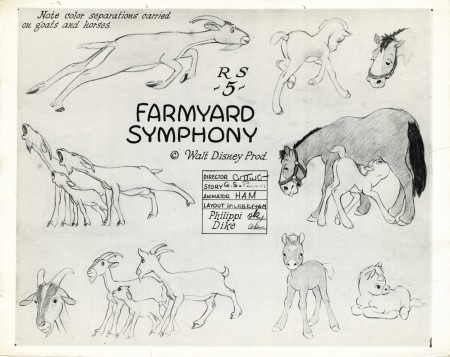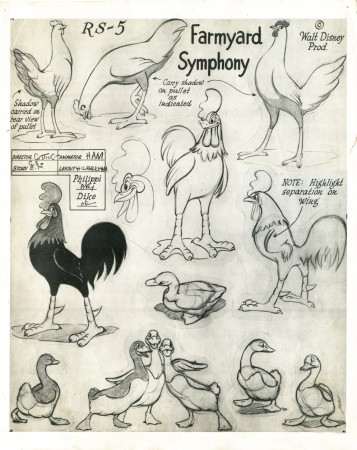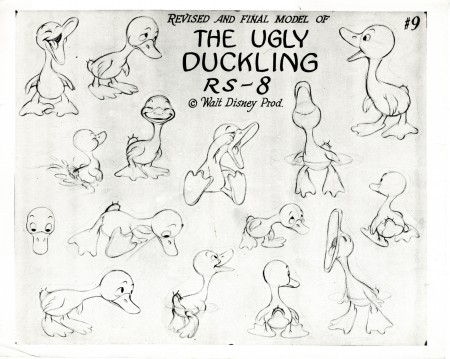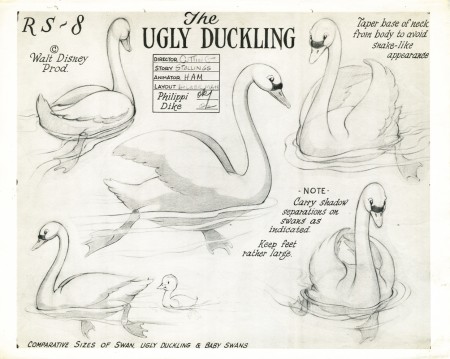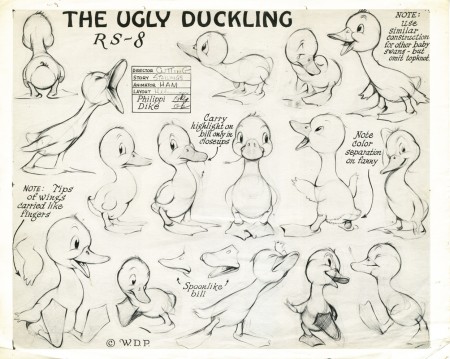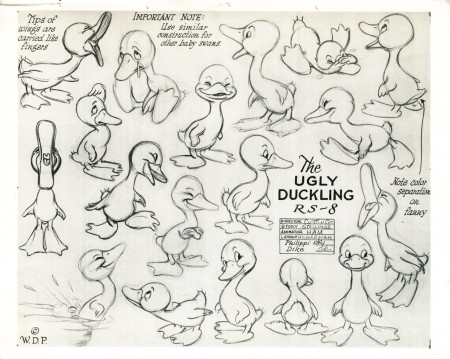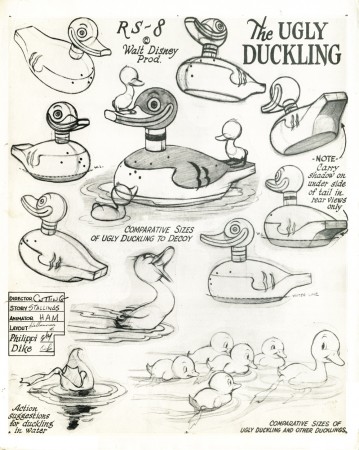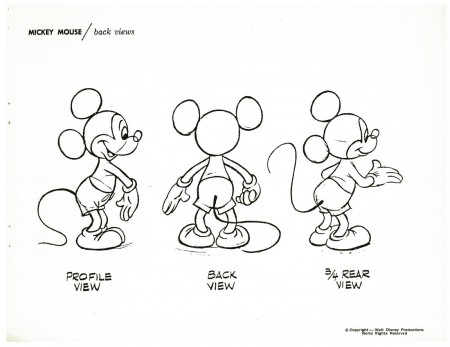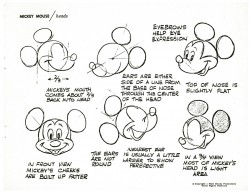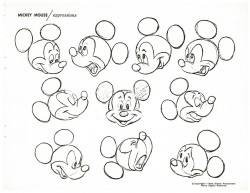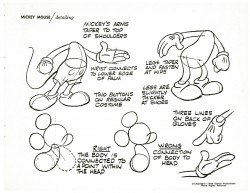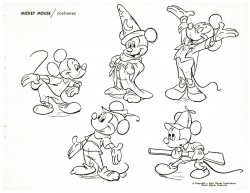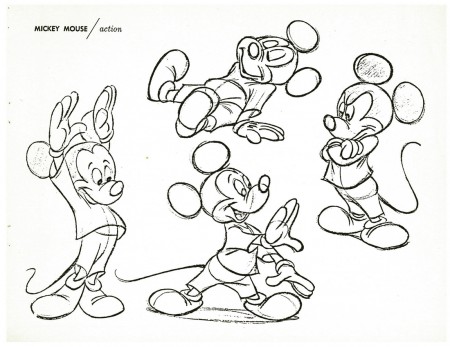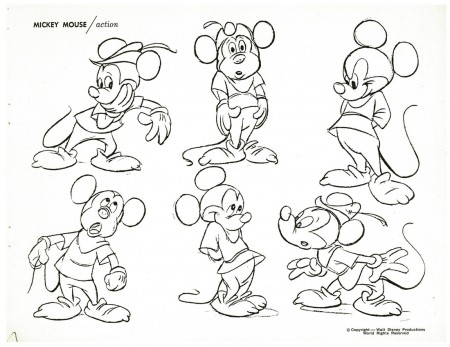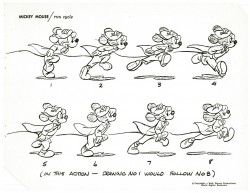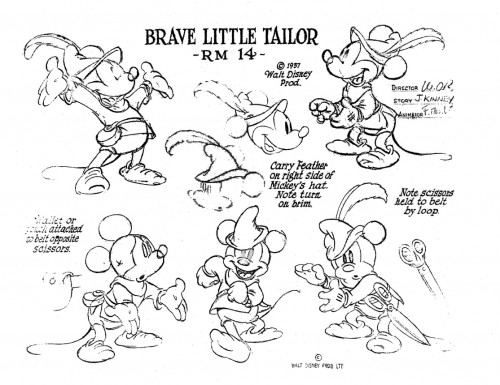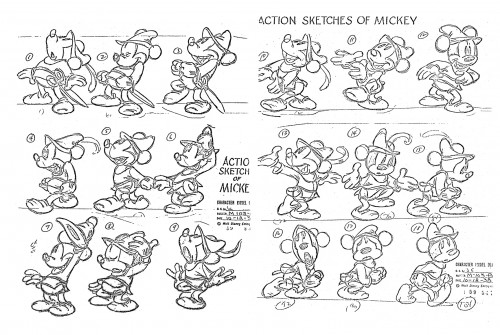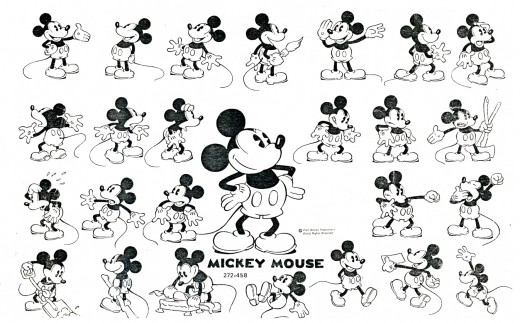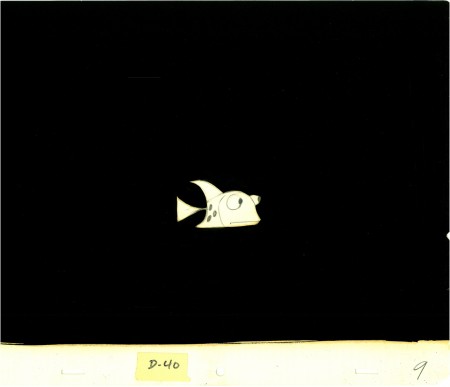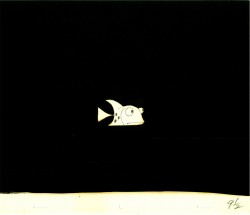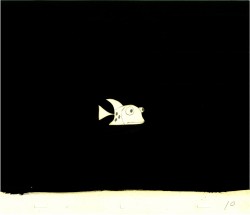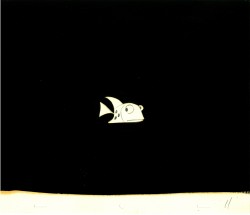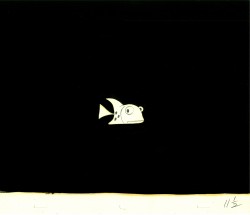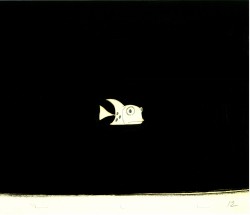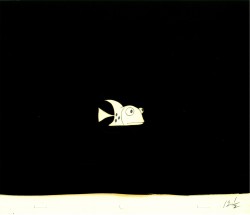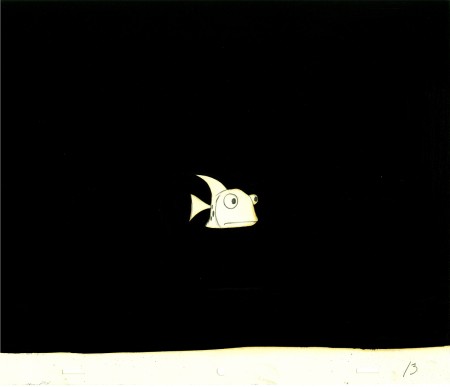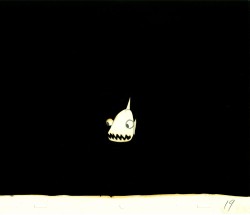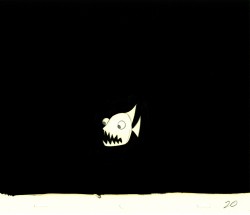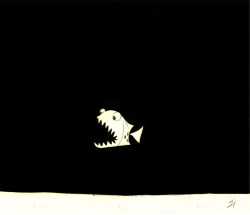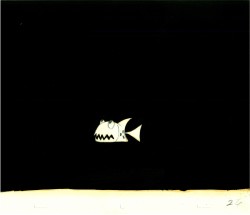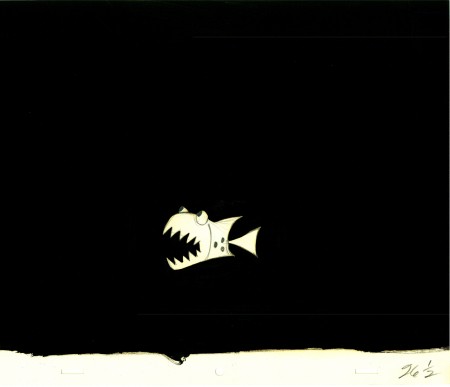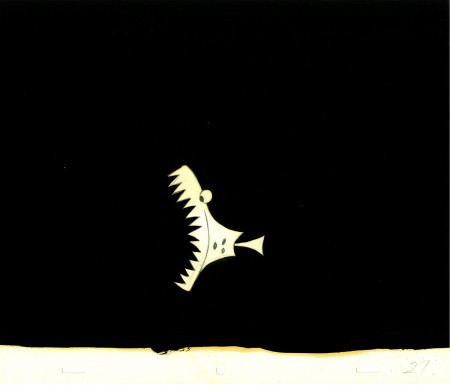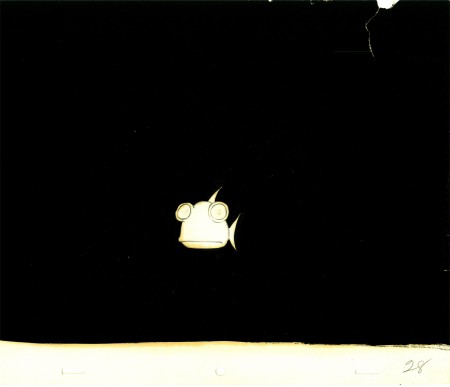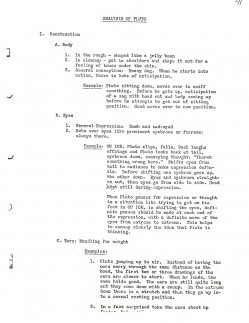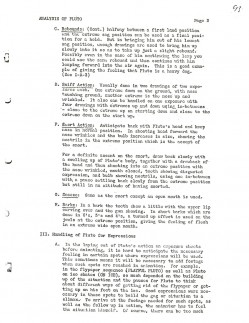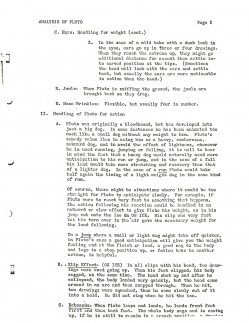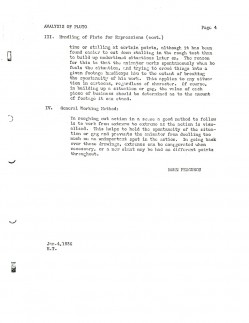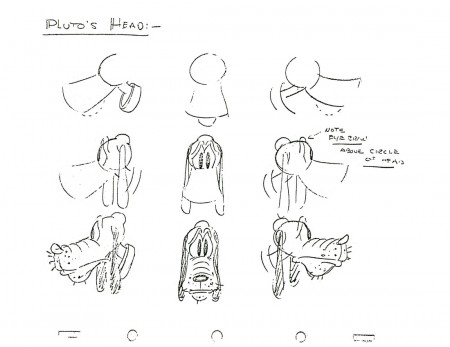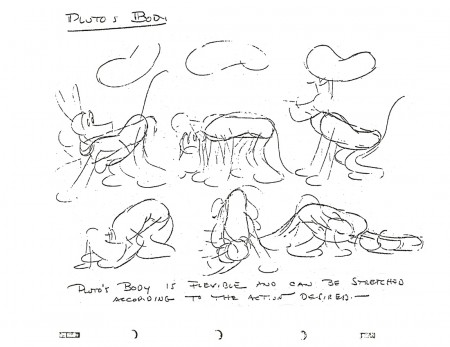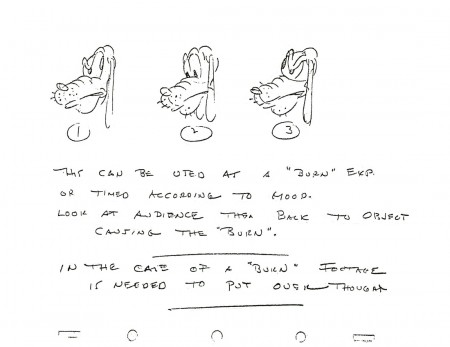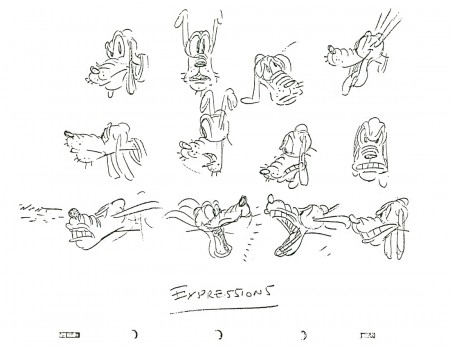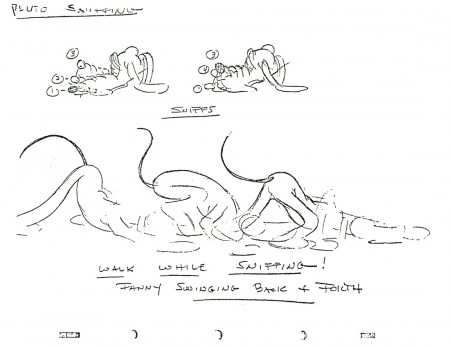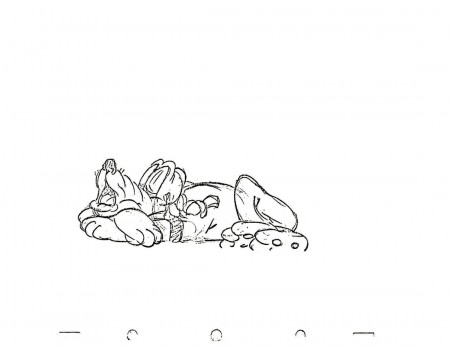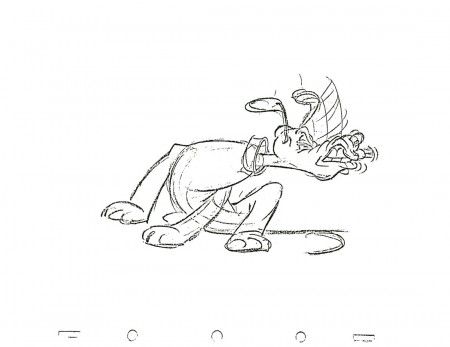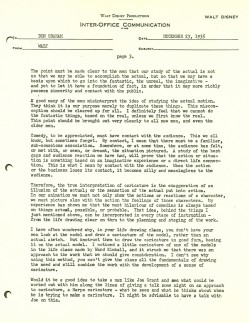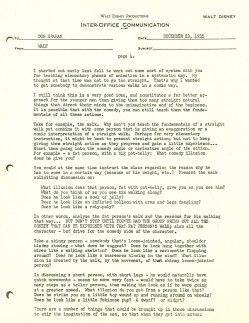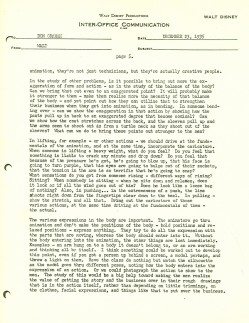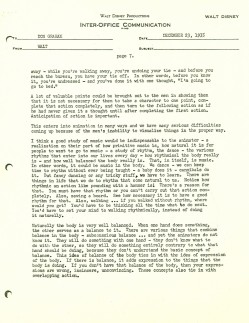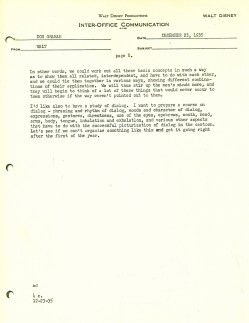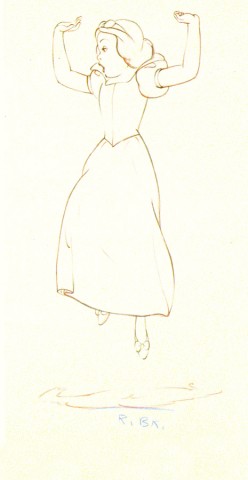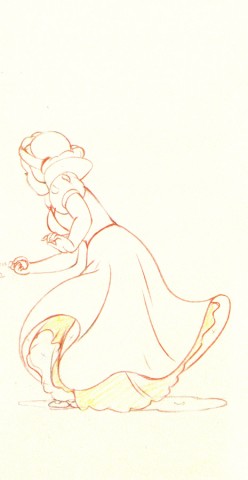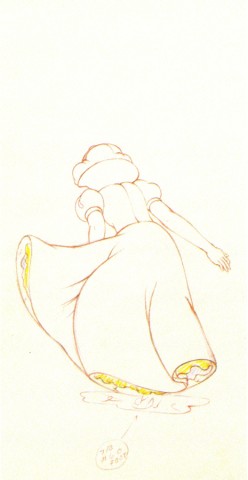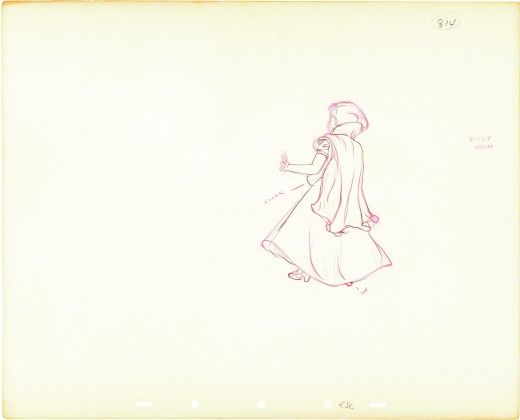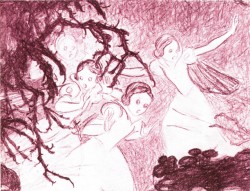Category ArchiveAnimation Artifacts
Animation Artifacts &Articles on Animation &Disney 22 Aug 2009 07:46 am
Animated Film Techniques 2
Here’s the completion of a series of articles from American Cinematographer Magazine as published in 1958. It was split in four parts. Written by Carl Fallberg, the article illuminates about the process of animation production.
Animated Film Techniques
This is an old xerox copy, so I apologize for any quality problems. Here’s the last of two parts of the article.
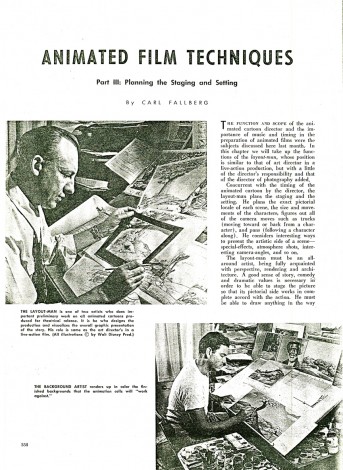 21
21
(Click any image to enlarge to a legible size.
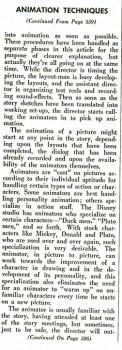 23____
23____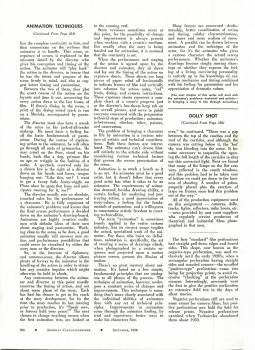 24
24___
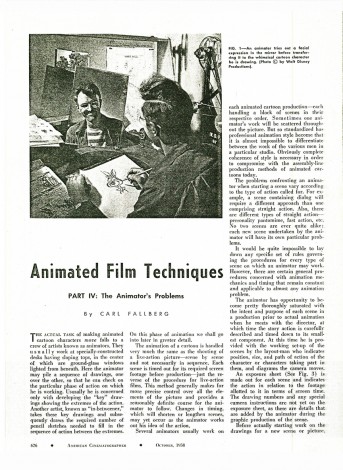 25
25___
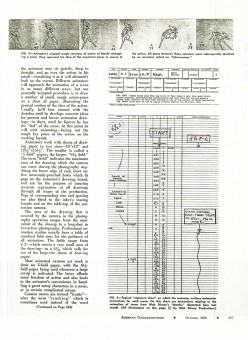 26
26 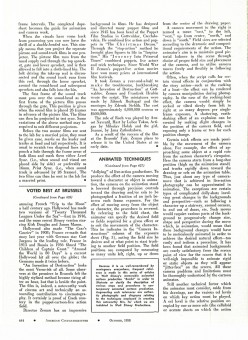 27
27___
 28
28 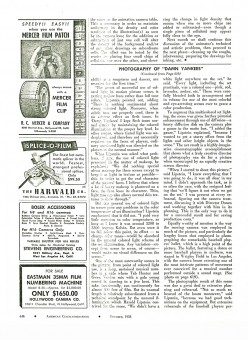 29
29
Animation Artifacts &Bill Peckmann &Disney &Models 21 Aug 2009 07:53 am
How To Draw Donald
- I continue with the Art Corner books from Disneyland with the How To Draw Donald classic. I’d received a full set of these books (How to draw Mickey, Donald, Goofy, Pluto and Chip & Dale) when I bought an Animation Kit from them. I’ve started posting these booklets after posting the lecture series that was given to the staff in the 1930′s.
Go here to see the lecture series posts:
Mickey / Donald / Goofy / Pluto
Here to see How To Draw Mickey.
Here to see How To Draw Pluto.
Here to see How To Draw Goofy (Jenny Lerew‘s Blackwing Diaries.)
Here’s the booklet:
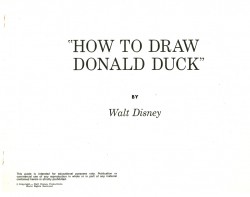 1
1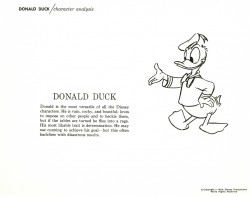 2
2(Click any image to enlarge.)
I don’t have a lot of Donald model sheets to add to this, but these three are interesting.
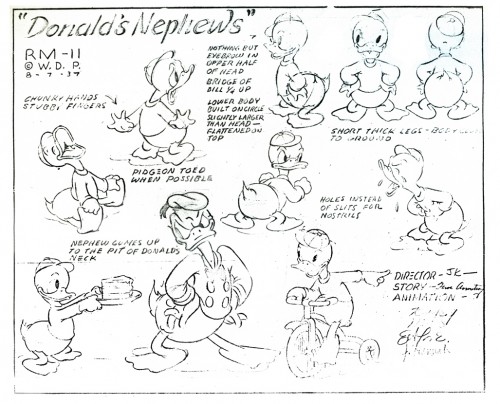
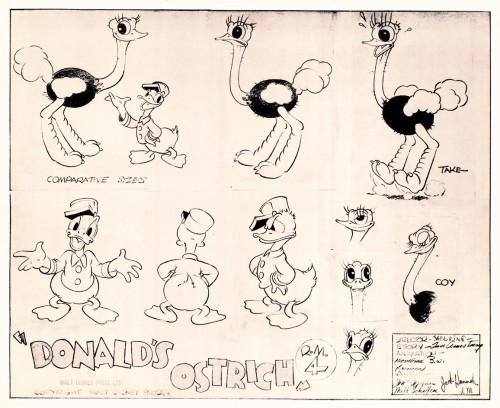
This last model comes courtesy of Bill Peckmann‘s collection. Many thanks.
Animation Artifacts &Bill Peckmann &Disney &Models &Story & Storyboards 17 Aug 2009 07:38 am
Peter Pan models à la 1940
- Peter Pan was floating around production in 1940. I was reminded of this when I went through the magnificent grab-bag of model sheets that Bill Peckmann has loaned me for this blog. Here are some stunning model sheets which showcase a completely different take on the story before the influence of Mary Blair and the animators
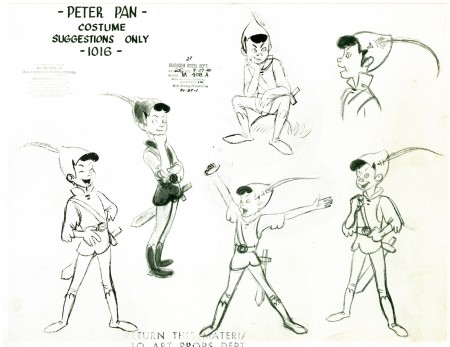
(Click any image to enlarge.)
.
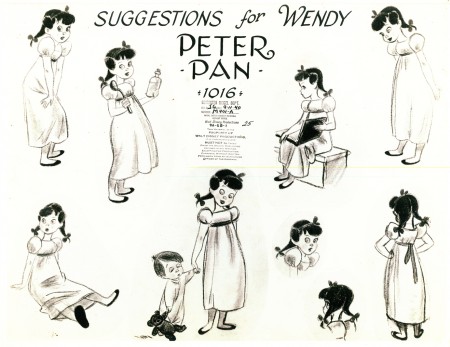
.
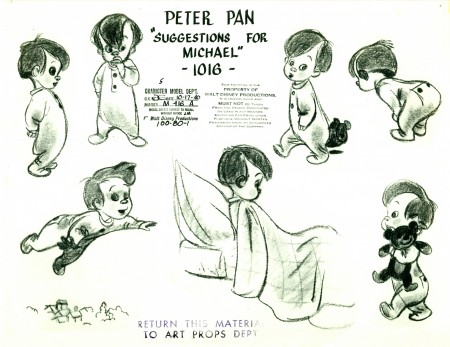
.
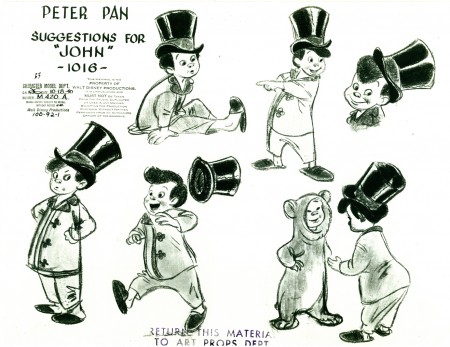
.
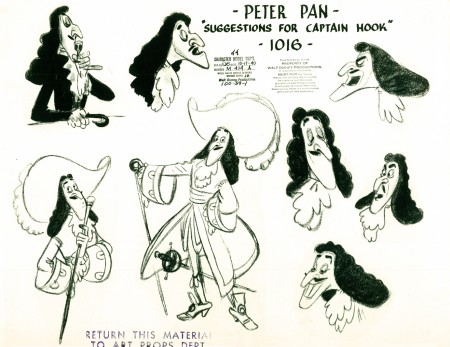
.
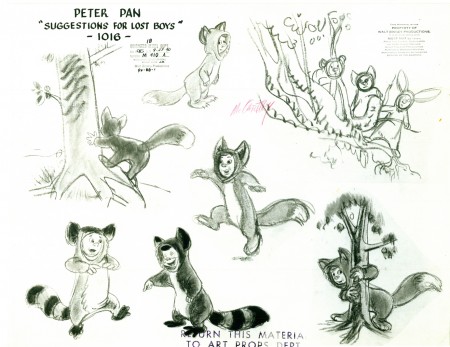
.
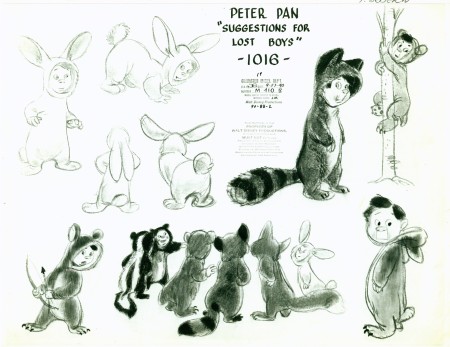
.
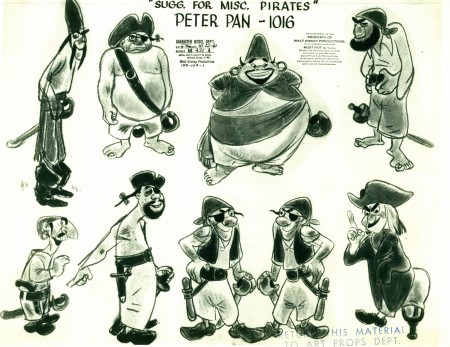
.
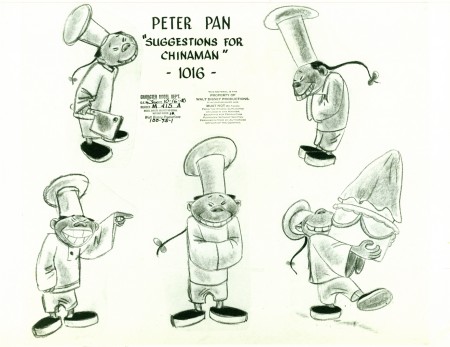
Surprise! A new character which was, fortunately, deleted.
.
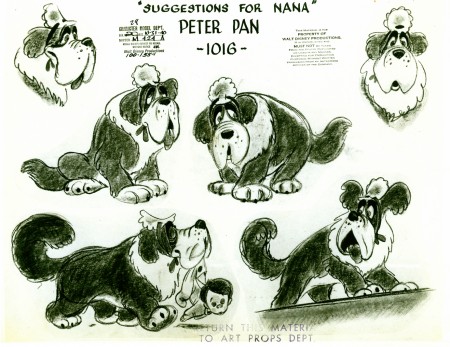
.
Here’s a short bit of 1940 storyboard.
.
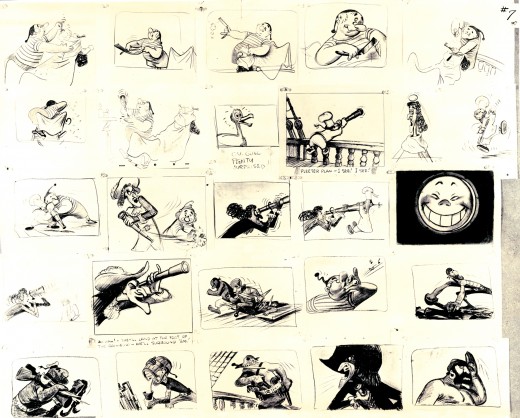
These drawings of Smee are loving and beautiful.
I’d like to know who did them.
And, in case you’ve forgotten, here’s how the final cast looked.
.Many thanks, again, to Bill Peckmann for the loan of these model sheets.
.
Animation Artifacts &Bill Peckmann &Disney &Models 13 Aug 2009 07:50 am
Mother Goose Models
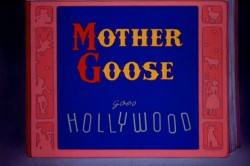 - Here are more of the models from Bill Peckmann‘s collection. I’ve chosen to just focus on the one Silly Symphony, Mother Goose Goes Hollywood. The film showcases the genius of caricature that was possible in animation. (The closest we have today is the flash photo montages of JibJab. No beautiful drawing is involved.)
- Here are more of the models from Bill Peckmann‘s collection. I’ve chosen to just focus on the one Silly Symphony, Mother Goose Goes Hollywood. The film showcases the genius of caricature that was possible in animation. (The closest we have today is the flash photo montages of JibJab. No beautiful drawing is involved.)
Joe Morgan was a major part of the models and design for these characters. The model sheets were signed by director Wilfred Jackson, storyman T. Hee, Animation Director Bob Stokes, and layout director Terrell Stapp. Other anmators include: Izzy Klein, Ward Kimball, Grim Natwick, Jack Campbell, and Don Patterson. Actual credit for story direction went to George Stallings,with T. Hee, Dick RIckard, Leo Ellis, Peeter O’Crotty, Ed Penner, Webb Smith, and Izzy Klein working under him.
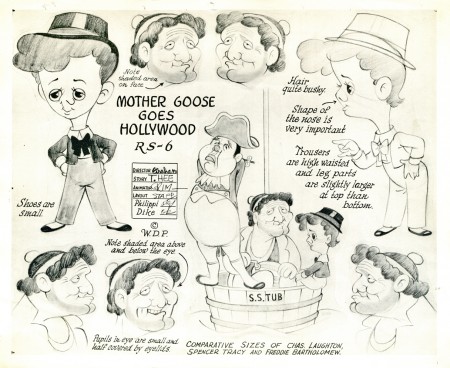
(Click any image to enlarge.)
To give an idea of the color in this film, here are some frame grabs:
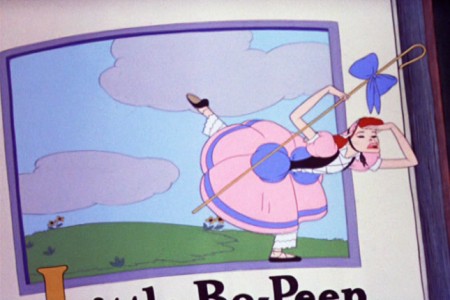
Katherine Hepburn

Hugh Herbert and the Marx Brothers

Hugh Herbert, Donald Duck and Charles Laughton, Spencer Tracy & Freddie Bartholomew

Spencer Tracy & Freddie Bartholomew and Katherine Hepburn

W.C.Fields and Charlie McCarthy

Edward G. Robinson, Greta Garbo and Eddie Cantor

Wallace Beery, Fats Waller and Cab Calloway

Edna Mae Olvier, Mae West, and Zasu Pitts

Edna Mae Olvier, Joan Blondell, & Zasu Pitts and Clark Gable & George Arliss
For other caricature ID’s you can look at the blog, Random Semiconscious Musings.
Animation Artifacts &Bill Peckmann &Disney &Models 10 Aug 2009 07:16 am
A Symphony of Models
- The illustrious NY animation designer/director, Bill Peckmann, is sharing a very large archive of material with this site, so I’ll be posting forever to get it up.
Let’s start with model sheets from some of the Disney Silly Symphonies. You’ve possibly seen some of these, but I like gathering them all in one post.
These are from three gems of films. Among the very best of the shorts.
Woodland Cafe is a beauty released March 1937. these three model sheets are signed by Director Wilfred Jackson, animators Paul Allen, Johnny Cannon, Bob Stokes, Leonard Sebring, and storyman Dick Rickard. Other animators include: Cy Young, Izzy Klein, Dick Lundy, Charles Byrne, Jack Hannah and Ward Kimball. (Story supervision was actually done by Bianca Majolie and I’m not really sure the Sebring animated on this film.) Layout was by Terrell Stapp and John Walbridge.

(Click any image to enlarge.)
Farmyard Symphony was directed by Jack Cutting. George Stallings was the story supervisor. Ham Luske signed the sheets for the animators; he was probably the animation director. Animation was done by Eric Larson, Fred madison, John Bradbury, Ken Hultgren, Milt Kahl, Bernard Garbutt, Don Lusk, Paul Satterfield, Lynn Karp, John Sewall, and Paul Busch. Layout was by Dave Hilberman and Art Heinemann.

Rel;eased April 1939, The Ugly Duckling won the Oscar and stands out from a lot of the Symphonies of the period. Direction was by Jack Cutting and animation direction went to Ham Luske (which may explain why Luske signed the sheets for Farmyard Symphony as well. Layout was by Dave Hilberman and animation was by Eric Larson, Stan Quakenbush, Riley Thompson, Archie Robin, Milt Kahl and Paul Satterfield. George Stallings was the story director.
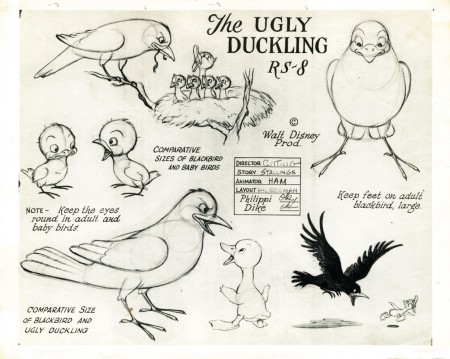
Many thanks to Bill Peckmann. More to come later this week.
.
Animation Artifacts &Disney &Models 07 Aug 2009 08:47 am
How to Draw Mickey
- When last we left off with the Disney lecture series on the principal characters – Mickey, Donald, Goofy, Pluto – I promised to conclude by posting the How To Draw series that were sold at Disneyland (late Fifties/early Sixties).
Go here to see the lecture series posts:
Mickey / Donald / Goofy / Pluto
So to continue with these How to Draw Books, I naturally start with Mickey. I’m not crazy about some of the drawings, but I guess it’s classic. This is actually a copy of the book that they gave out at the Disney/Lincoln Center event in 1973. They’re identical to the Disneyland books, though they lack the colored pages. (See Jenny Lerew‘s great site Blackwing Diaries for the original How to Draw Goofy book.
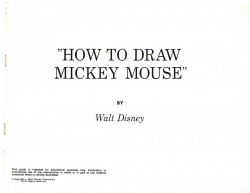 1
1  2
2(Click any image to enlarge.)
To put a little more zest into this post, here are a couple of Mickey model sheets I have. (copies of copies)
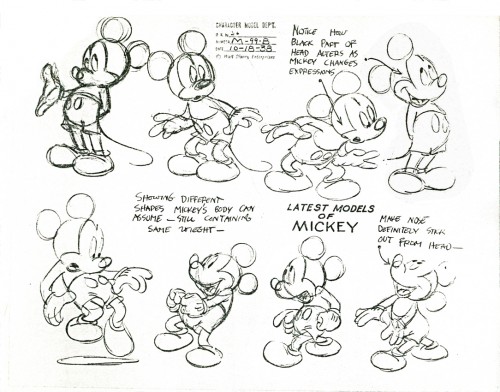
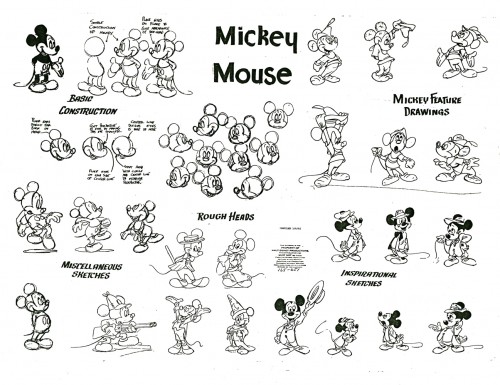
A mixed model with bits from a lot of other sheets.
This was probably put together in the Fifties.
Animation &Animation Artifacts &Hubley 03 Aug 2009 07:55 am
Hats & Fish
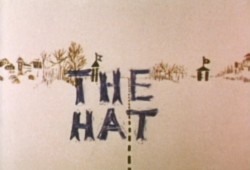 - Here are some drawings from the Hubley short, The Hat.
- Here are some drawings from the Hubley short, The Hat.
I first became aware of this short about the absurdity of border lines from a pre-PBS “educational TV” show on NY’s WNDT channel 13. Film critic Stanley Kaufman used to host a show called, “The Art of Film” in which he would have guests explaining their individual craft.
I can remember well a segment which featured composer, Elmer Bernstein, breaking down his music for The Magnificent 7. It was very informative and remains with me in memory to this day when I see the film.
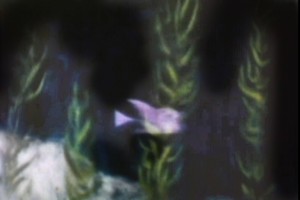 - John and Faith Hubley were on this show with drawings and storyboard and cels and Bgs from The Hat, then in production. I couldn’t have been more impressed and waited impatiently for about a year to see the film at the Beekman theater in NYC playing with Of Stars and Men.
- John and Faith Hubley were on this show with drawings and storyboard and cels and Bgs from The Hat, then in production. I couldn’t have been more impressed and waited impatiently for about a year to see the film at the Beekman theater in NYC playing with Of Stars and Men.
The style was one that John had been developing which had been successful for him. They would take the relatively clean animation drawings (done primarily here by Bill Littlejohn) and would paint them black. By that I mean, they would paint all the free space, outside the borders of the character, with black oil paint. (The oil paint didn’t stretch or buckle or shrink the paper. It just took forever to dry and destroyed the cells of the painters’ brains.)
The cameraman, Jack Buehre, would shoot the Background, then roll back the film and shoot the blackened characters as a double exposure. If there were more than one character it could mean several overlapping exposures.

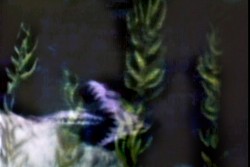
Here are examples of the animation in the final scene.
The exposure of the white drawings was shot at about 70%.
This allowed the characters to pick up some color from the dark violet
backgrounds. A ripple glass was also used over the drawings and bgs.
Animation Artifacts &Articles on Animation &Disney 29 Jul 2009 07:47 am
Pluto models
 - When I posted the Goofy model notes I thought that I’d finished posting all that I had. Well I’ve just come up with this series of excellent lecture notes on drawing Pluto and his character. Ted Sears leads us to Norm Ferguson, who was the promary speaker for this lecture given to the Disney animation group back in 1936. They gave up drawing these characters so beautifully way back in the Thirties.
- When I posted the Goofy model notes I thought that I’d finished posting all that I had. Well I’ve just come up with this series of excellent lecture notes on drawing Pluto and his character. Ted Sears leads us to Norm Ferguson, who was the promary speaker for this lecture given to the Disney animation group back in 1936. They gave up drawing these characters so beautifully way back in the Thirties.
These finish off the character analysis lecture notes I have. You can find those for Mickey, Donald and Goofy elsewhere on this blog.
An edited form of these notes were published in Frank Thomas & Ollie Johnston‘s The Illusion of Life.
Here are the Pluto notes:
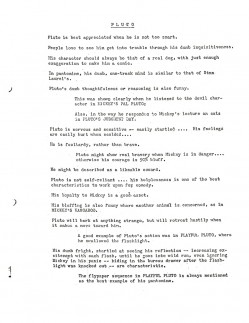 1
1 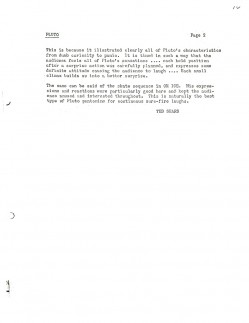 2
2(Click any image to enlarge.)
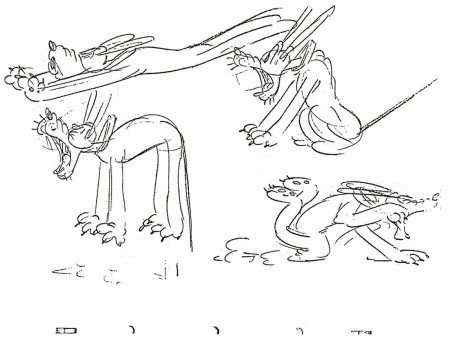 5
5
These drawings just never made it to the How to Draw Pluto
book that they sold at Disneyland in the Fifties.
Too much raw life and funny pictures.
All that’s left is for me to post the How to Draw Mickey and How to Draw Donald books from the Art Center at Disneyland. Next week.
Animation Artifacts &Disney 15 Jul 2009 07:21 am
Walt-Graham communique
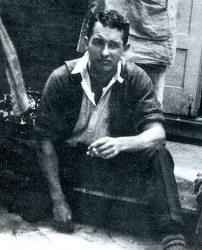 - By 1935, Walt Disney had realized where he had to take his studio. Principal to the plans he had was the education of the artists within his studio.
- By 1935, Walt Disney had realized where he had to take his studio. Principal to the plans he had was the education of the artists within his studio.
At this time, a number of students were wending their way from Chouinard Art Institute to the Disney employ. In 1935, there was a large gathering of teachers from Chouinard who came to the Disney Studio one evening to see the environment and start to mold a union between the school and the studio. Disney offered a catered meal for the event.
The studio became permanently linked with Chouinard, which eventually became Cal Arts. Disney stayed in close contact with a number of instructors and selected an obvious choice for the large task of helping to educate those within his studio. _____________________Don Graham
He planned a night course several days a week in which Don Graham would lead and he would involve a number of key designers and animators in instructing within the studio.
Prior to the start of classes, Disney wrote a long letter to Graham to discuss what he hoped would be taught. Here’s that letter:
 1
1 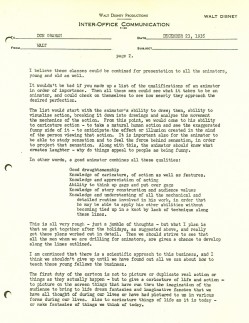 2
2
Animation Artifacts &Books &Disney 14 Jul 2009 07:39 am
Snow White drawing
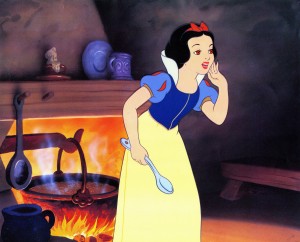 - This past week I bought an inexpensive drawing on e-bay. I wondered why no one else had bid on it. The drawing was a little rough of Snow White. Regardless I got it and continued to wonder about it.
- This past week I bought an inexpensive drawing on e-bay. I wondered why no one else had bid on it. The drawing was a little rough of Snow White. Regardless I got it and continued to wonder about it.
I scanned through John Canemaker‘s wonderful book, Treasures of Disney Animation Art. Lo and Behold there were some other drawings of Snow White, and it was obvious that the same artist had drawn them, Jack Cutting.
The drawings in the book show a short piece that was cut from the film, the soup eating scene. Snow White realizes the soup is boiling over, jumps in a turn and runs back to the pot.
These are the six drawings John includes:
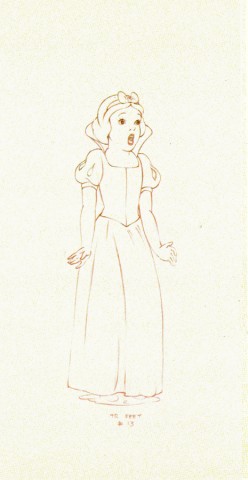 1
1  2
2(Click any image to enlarge.)
Here’s the drawing I just bought, which seems a bit more rough than the others. In all other aspects it looks similar, and the handwriting on the drawing matches those in the Canemaker book.
Of course, it might be the work of an inbetweener. The tentative numbers and the tentative fingers make me think it might be so. However, the drawings are clean over rough, which is not likely something an inbetweener would do. (Perhaps an overconfident one.) Regardless, I’m happy to have it. At first I thought the drawing came from the sequence where Snow White is running from the hunter into the deep dark woods.
But looking a little closer, it seems to be part of the animals pulling Snow White to the dwarfs’ cottage. This frame grab was the closest I’d gotten. My drawing is obviously a rough (what they call in NY, a clean-rough. Meaning the animator worked clean.) Obviously the assistant pulled it together for the scene.
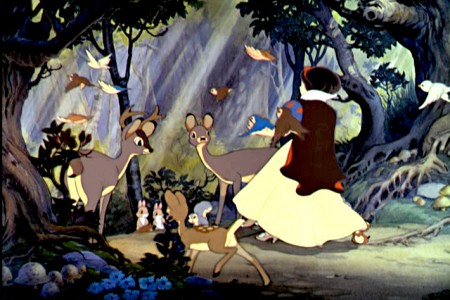
You’ve gotta love animation.

